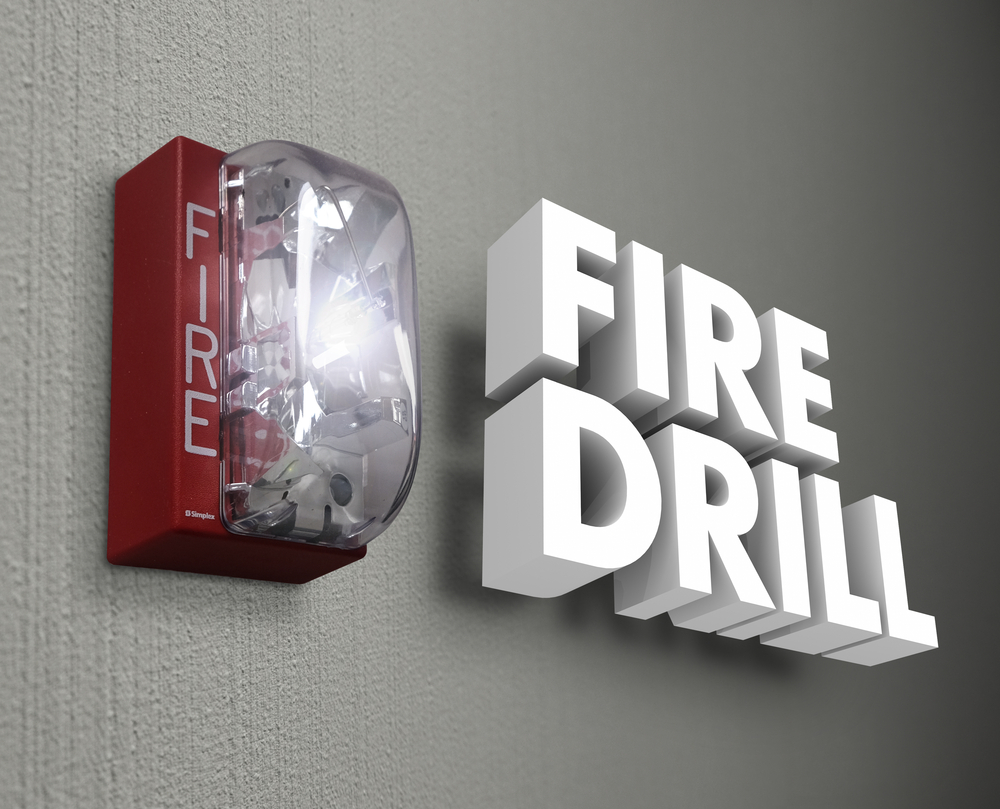Your first interaction with a fire drill was probably at school. When everyone would follow the teacher and wait for the instructions given. Fire drills at the workplace are also important and must be done as recommended by the National Fire Protection Agency. Employees are required to practice fire and line safety procedures at the workplace for their own safety during a fire hazard. These procedures are slightly more complicated than what’s done in schools.
At the workplace, all employees need to be empowered to know what to do in case of a fire emergency and not look for a specific person to tell them what to do. The best way to empower employees at the workplace is to provide them with the right information and training that will save lives. We’ll go over 5 important steps to running a successful fire drill at work.

Step 1: Create and maintain a fire preparedness and evacuation plan
All employers are required to create a fire and evacuation plan that outlines the policies and procedures to follow in the event of a fire emergency. Most businesses appoint a safety committee that is responsible for creating this plan. The plan should include:
- Guidelines on how to report/alert fellow employees on impending fires and other emergencies.
- Evacuation policies and procedures
- Safe assembly locations within the workplace or in the building.
- Emergency escape routes, safe and refuge areas
- Clear roles and responsibilities for fire, evacuation among other emergencies.
Step 2: Educate the employees
Once a fire and evacuation plan is in place, the next step is to educate the employees on the agreed policies and procedures. It’s important to ensure all the employees receive this information and that it’s reviewed regularly with the entire team. The plan needs to be documented and shared in written form to all employees. Give the employees an opportunity to ask questions once they receive the plan and training is conducted. Ensure that all evacuation routes, fire suppression system and alarm pulls are properly marked.
Step 3: Conduct fire drills
Fire drills should be conducted to help ensure that employees know where to escape when the fire alarm goes off. The fire drill also educates employees on what to do when they leave the building. When running the fire drill, you need to keep track of how fast the employees are exiting the building and meeting at the proper location. Work to achieve a better response time during the next drill.
Step 4: Improve employee preparedness and efficiency
Motivate employees to take these fire drills seriously and be actively involved in the training sessions. For instance, after a successful fire drill, you can offer an incentive such as free lunch or leaving early on Friday.
Step 5: Regular fire drills are key
It’s important to make fire response second nature at the workplace and this can only be done if there are regular fire drills. These fire drills will also help to create a culture of preparedness at work.





